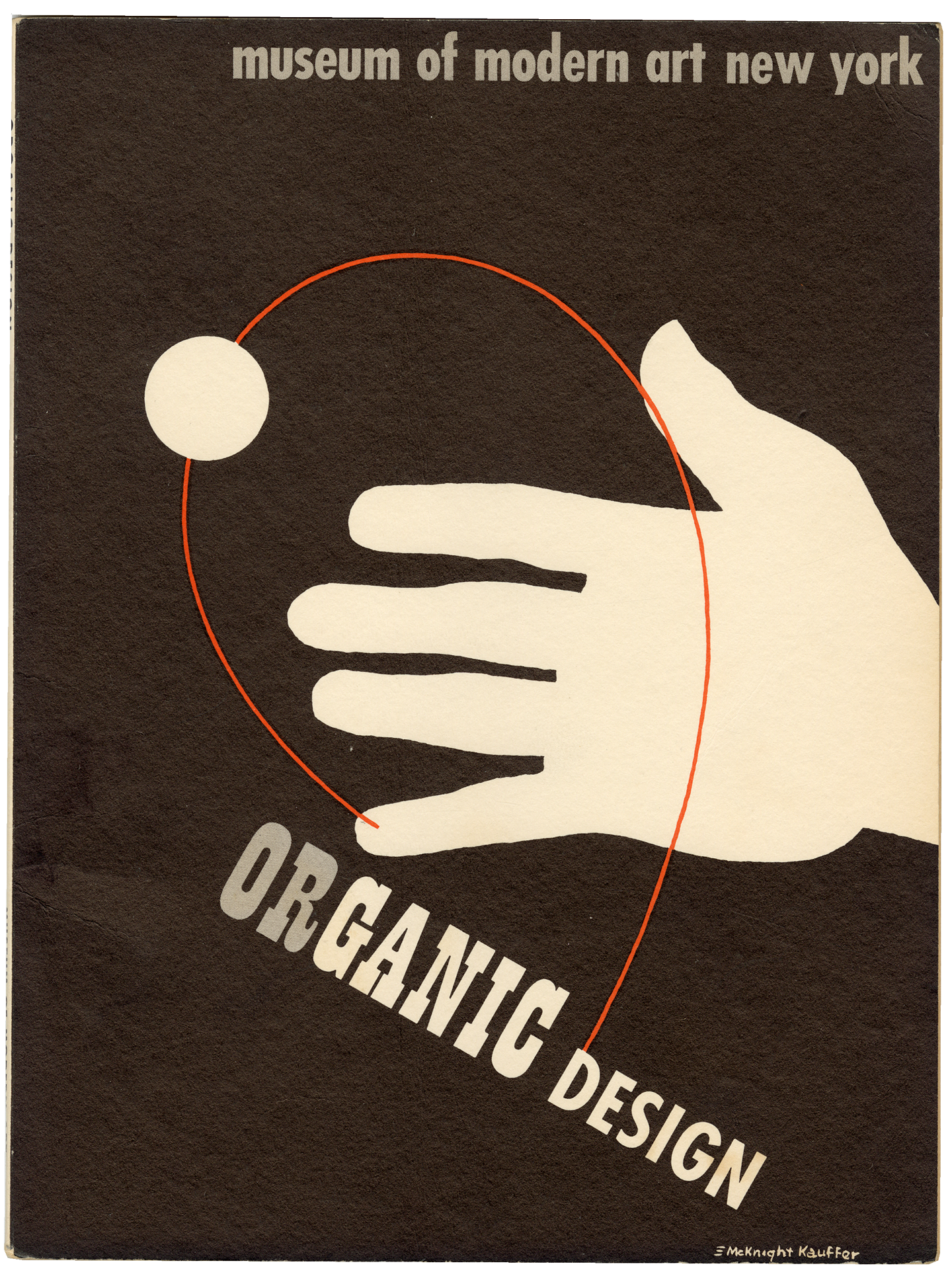Destination Eames: Cranbrook
At the Michigan campus where Ray and Charles Eames first met, the Cranbrook Art Museum archives their transformational evolution of American design.

Exploring the history of Ray and Charles Eames, and the significance of their design work, is a lifelong endeavor. Learning about their creations in various publications is valuable, as is experiencing their three- and two-dimensional designs—furniture, films, exhibitions, toys, and more—in person and at scale whenever and as much as possible. The next level of Eames lore emerges through an understanding of the places where the Eameses worked, lived, studied, explored, and dreamed, or that document and now celebrate their evolution.
In this ongoing series—which has featured the Eames House—we showcase the locations that are central to the Eameses’ legacy. These museums and venues, houses and studios, provide insights into Ray and Charles’s creativity and problem-solving process, as well as the history, iconic projects, rarely seen ephemera, and spaces that expressed—and influenced—their singular way of shaping the world. Some are worthy of a pilgrimage while others reveal essential chapters of the Eameses’ story, all of it highlighting the couple’s epic transformation of design.

Within CAM’s climate-controlled Plaza Vault, visitors can see Eames-designed classics and rarities including the 1940 Side Chair. Photo: PD Rearick.
Cranbrook
The Cranbrook Academy of Art is where it all started: Where Ray met Charles, where they made initial forays into molding plywood, and where Ray assisted Charles and Eero Saarinen on their milestone submission to MoMA’s Organic Design in Home Furnishings competition and subsequent exhibition. The Cranbrook Art Museum (CAM) is central to the legacy of the Eameses as it is to other influential modernist figures including the Saarinens, Florence Knoll, and Harry Bertoia, all of whom developed lasting friendships with the pair. (Ray, Charles, Knoll, and Bertoia studied at Cranbrook, and Charles and Eero were faculty—Charles was such a design adept, not to mention a quick study, that he went from student to the school’s first director of the industrial design program). As the stage for the origin story of Ray and Charles, the Cranbrook Academy of Art became the repository of early Eames creations, which are now kept at the affiliated Cranbrook Art Museum.

A promo for MoMA’s Organic Design in Home Furnishings exhibition, which featured furniture designed by Eero Saarinen and Charles Eames. Artifact# A.2019.1.094.

Installation view of the Organic Design in Home Furnishings exhibition showing the Saarinen-Eames designs. Digital Image © The Museum of Modern Art/Licensed by SCALA / Art Resource, NY.
The Museum’s collection includes an example of the legendary Side Chair that was displayed at MoMA as part of Eames and Saarinen’s demonstration of affordable and aesthetically pleasing furniture. The chair, dating to 1940, still has its original wool upholstery and its gorgeous Honduras mahogany veneer. To see that piece and others, visitors should sign up for CAM’s “Collections Wing Tour,” which occurs several times monthly. During that guided journey into the Museum’s climate-controlled Plaza Vault, visitors may see other Eames classics, including the colorful Eames Storage Unit, assorted DCWs and LCWs, Chaise Lounge Chair, DKR Eiffel Chair, Tandem Sling Seating, and the Child’s Chair.

Charles Eames (center) at work in Cranbrook’s Design Department. The chair on the back table is a design for Kleinhans Music Hall, 1940. Courtesy of Cranbrook Archives, Cranbrook Center for Collections and Research.
In addition to its Eames classics, the Museum’s holdings encompass a must-see corpus of modernist (and beyond) furniture, art, and design. And while the Eames furniture is typically archived and showcased only in the Collections Wing, CAM is planning a major exhibition of mid-century design, “Eventually Everything Connects: Mid-Century Design in the US,” slated to open in June 2025. The show will feature work by the Eameses—including several pieces on loan from the Eames Institute.

In CAM’s Plaza Vault are Eames designs such as the Folding Screen-Wood, a wire chair, and an RAR Rocking Chair, among others. Photo: PD Rearick.
Cranbrook itself has enormous significance because it was part of an architectural master plan designed by Eliel Saarinen, the Gesamtkunstwerk-proponent and Eames spirit guide who initially invited Charles to study at the school after seeing a magazine showcasing two Arkansas churches Charles had designed. Saarinen conceived and designed the Bloomfield Hills campus to include numerous structures including the Cranbrook Academy of Art, Art Museum, Institute of Science, studios, library, and elementary schools. The campus now includes buildings by celebrated architects including Steven Holl, Rafael Moneo, and Tod Williams and Billie Tsien. The site is a 30-minute drive from the Henry Ford Museum of American Innovation, which has an extensive Eames collection, making the two institutions an easy pairing during a visit to the area. ❤
Born in Armenia to a family with a deep love for the arts—an art collector father and linguist mother—Sarah Mari Shaboyan is an artist/illustrator living and creating in Italy.
At Kazam! Magazine, we believe design has the power to change the world. Our stories feature people, projects, and ideas that are shaping a better tomorrow.